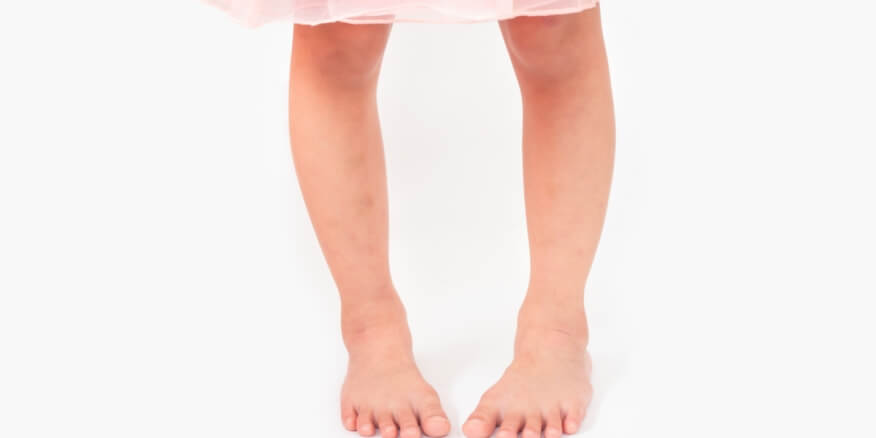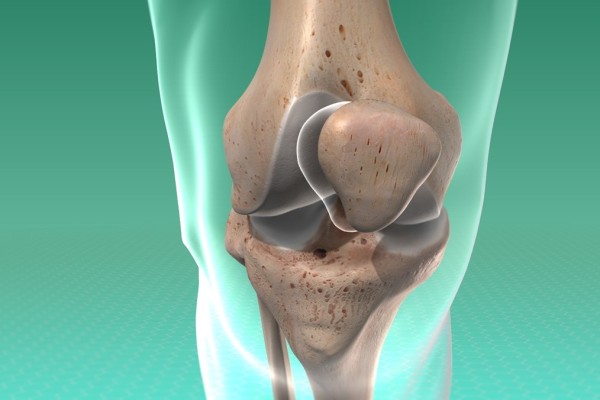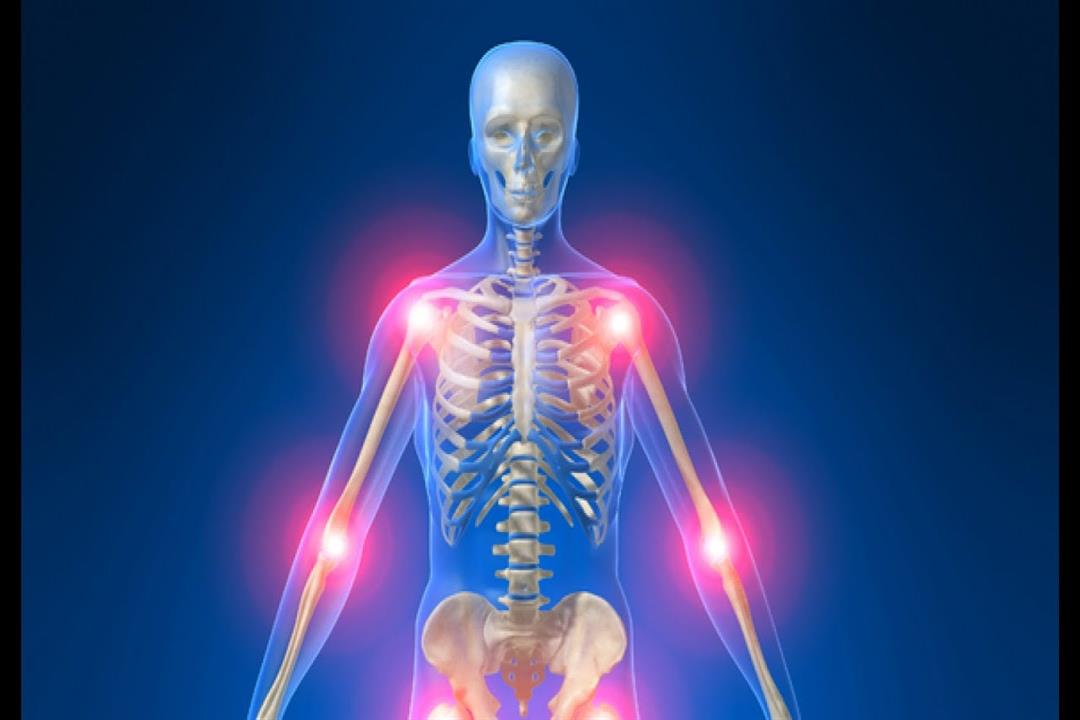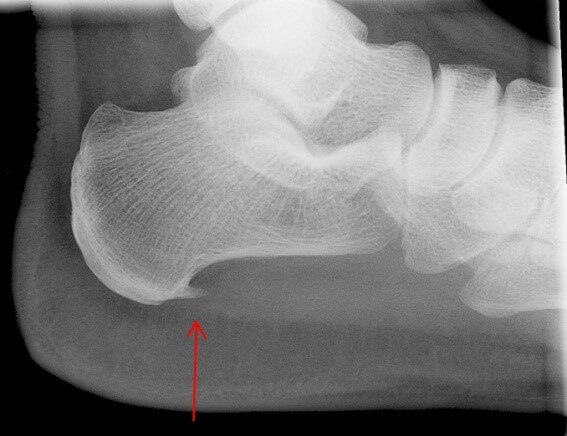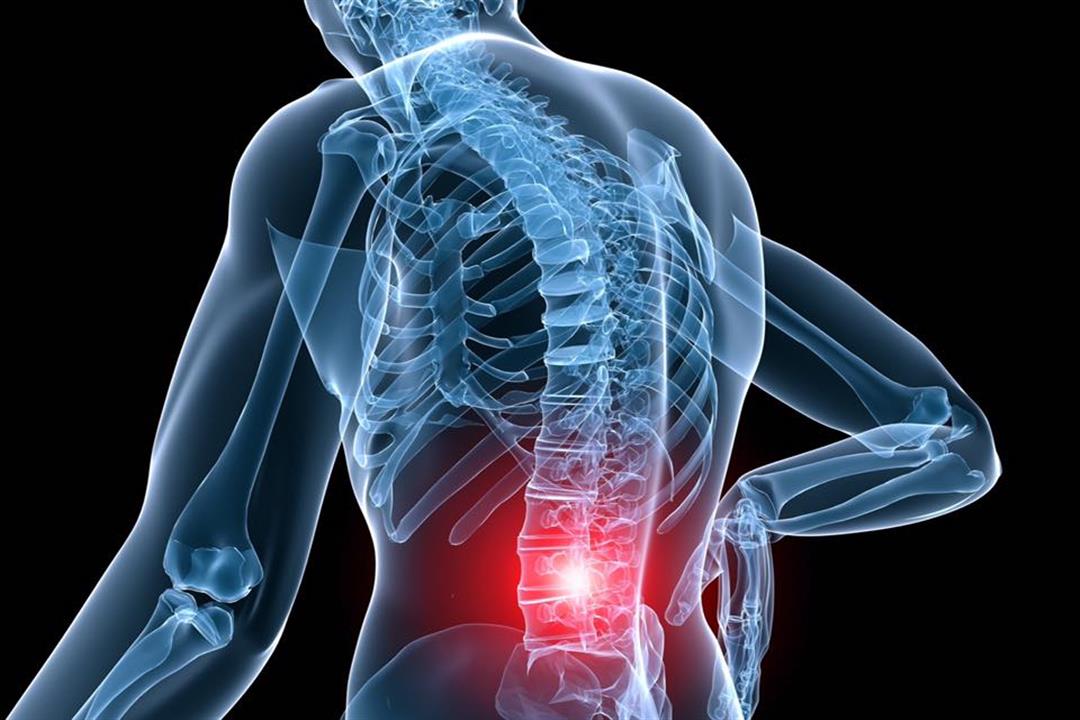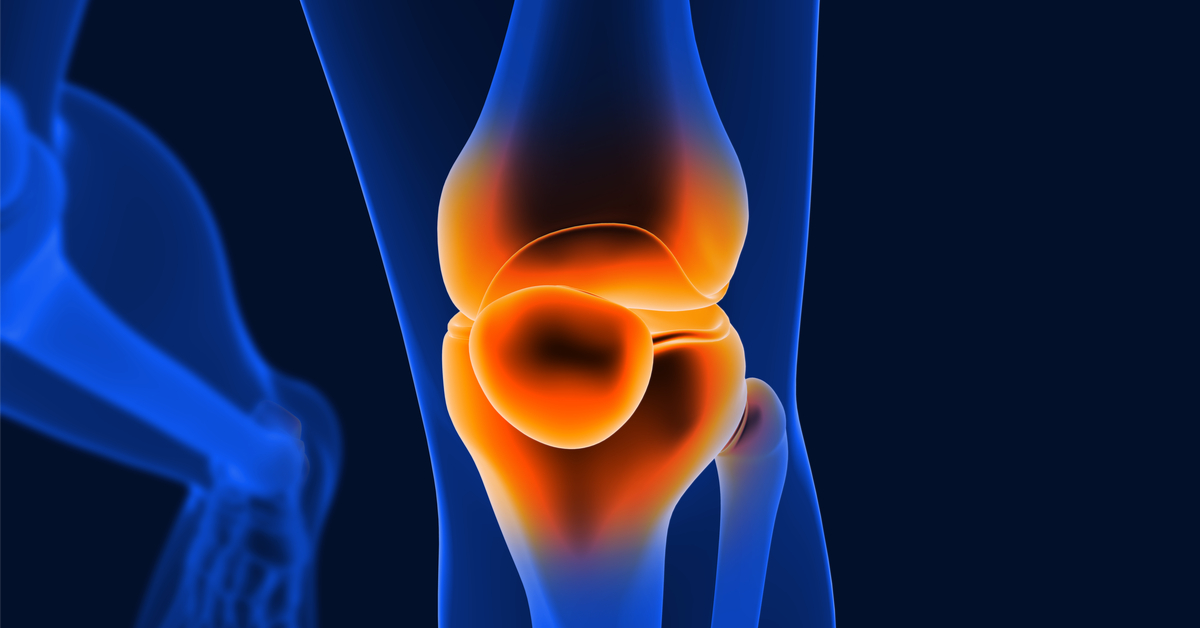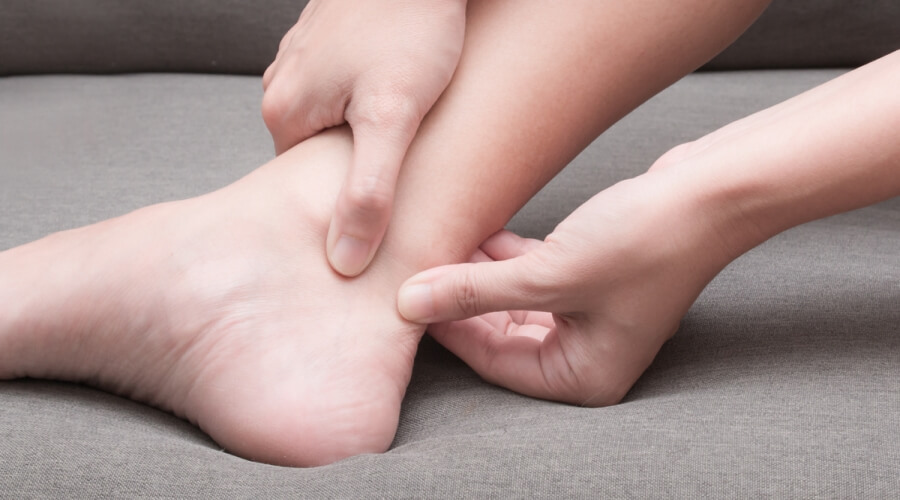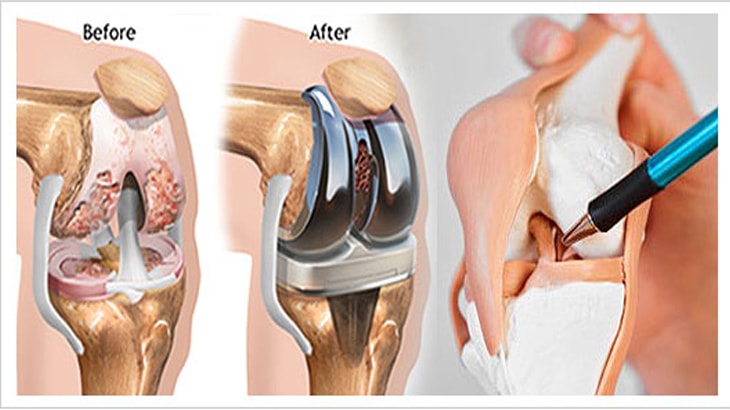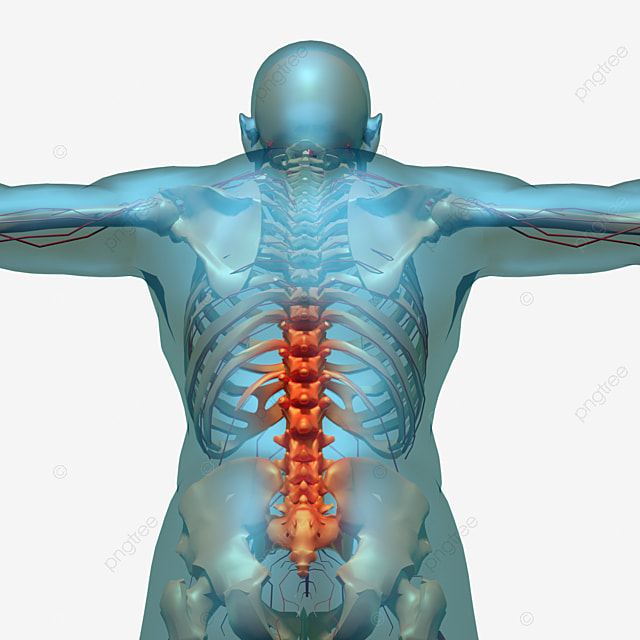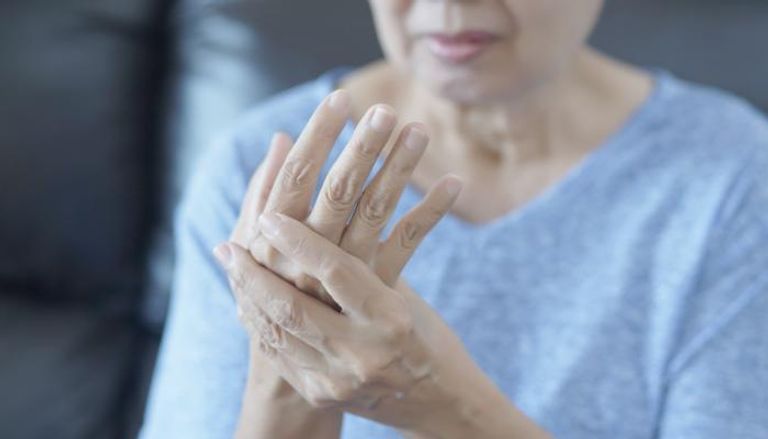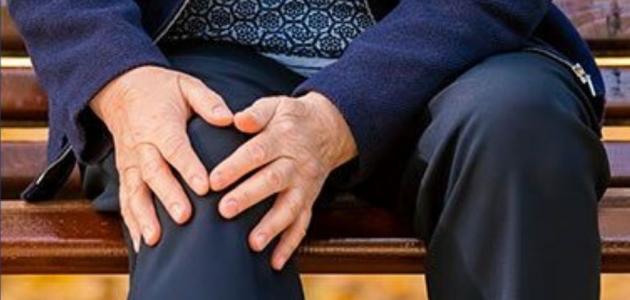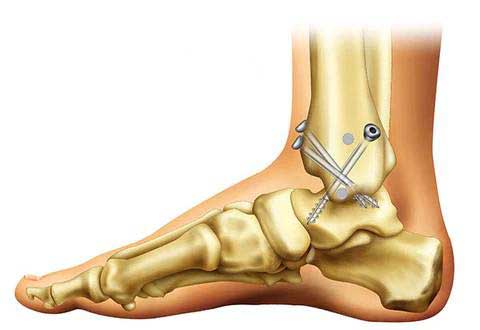What are the side effects of plasma injection for knee roughness?
A person can be exposed to some damage due to the different types of treatment for knee roughness, some of which we learn about in this article.
Plasma injection damage for knee roughness
Plasma injections have a lot of benefits for treating the knee, and it is an injection of plasma that includes platelets, lots of antibodies, proteins, and glucose, and it can increase cell growth, which helps in the process of healing diseases, especially those related to joints and the knee.
Benefits of plasma injection for knee roughness
A person can get plasma injections, which is one of the modern treatment methods that help in knee recovery and get relief from pain caused by roughness. Plasma injections have many benefits, including the following:
- Reduce the feeling of pain.
- Helps regenerate cartilage.
- Improve the condition of the joint and enhance its functions.
- Promote the production of synovial fluid in the knee joint.
What are the risks of plasma injection for knee roughness?
Certainly, some side effects affect the sufferer of knee roughness, including the following:
- Exposure to inflammation in the affected part.
- Nerve atrophy at the injection site.
- A person has pain for a while at the injection site.
- Knee roughness treatment with thermal frequency
Thermal frequency is one of the methods of treating knee roughness, which would reduce the severity of the pain in the knee and thus the person feels better when the pain decreases and there is a response when the thermal frequency is performed and the person begins to recover.
Thermal frequency steps to treat knee roughness
Thermal frequency is performed through several steps, which are as follows:
- The doctor begins by using x-rays to determine the path of the needle and work to help the doctor guide it in the affected part.
- The doctor uses an anesthetic to reduce the person’s pain by more than 50%.
- The doctor begins by inserting frequencies in the form of waves through a needle into the nerve in the knee.
- A weak electrical current is used to heat the nerve and cause it to stop transmitting pain.
- Pain can take time for a person to begin to fully recover from soreness.
The person needs to maintain no effort in the period following the thermal frequency in order for the person to get a better effect, and to increase the chance of a faster recovery. The attending physician gives you some tips that must be taken care of in the post-operative period and must be adhered to.
Causes of knee roughness
Knee roughness is a pain in the joint and causes soreness when a person moves or switches from one position to another, and the effect is severe in the case of squatting because it is one of the ways that most affects the safety of the knee in general.
There is more than one symptom that appears on a patient with knee roughness during the four stages of infection, and it begins with a tingling in the knee and does not usually cause discomfort, and the symptoms begin to increase, and the person feels stronger pain in the knee and may reach friction and difficulty in walking due to the erosion of the cartilage at the ends of the bones.
We offer you some causes and risk factors for knee roughness:
- Tendon rupture.
- Knee fractures.
- The occurrence of rheumatoid arthritis.
- exposure to gout.
- Presence of cancerous tumors in the knee.

